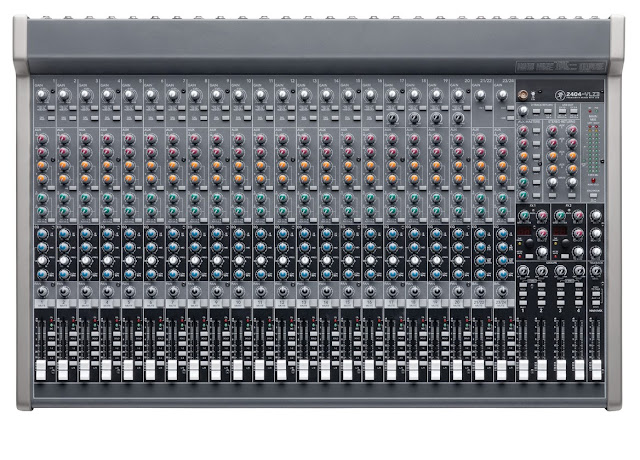Allen and Heath Xone 4D Dance Mixer
As i was going through a blog Regarding sounds adjustment i got to see about how to use a mixers. Seeing all the problems that the band goes through while adjusting their sound i thought of rewriting the article in much easier way so that the bands(upcoming bands) get familiar with it. I'm just summarizing a brief article set by
(soundcraft EFX8-channel mixer)
I guess each and every one of us is aware about the mixers. A mixer, in its purest and simplest form, combines or meshes an array of inputs into a few controllable outputs (hence the name, MIXER). It is pretty much universal that mixers will have at least a volume control on the output. The vast majority will have volume or "level" controls on each input, or "channel." A great many still will have a variety of controls on each channel, from gains or trims to EQ and aux'es and buses and PFL's and more don't worry though - I will go through each of these at least briefly..
These are what you will see if you want to "run sound" for a church or venue or record music of bands, etc
There are six steps which i will try to explain in much easier and understandable way.
Firstly i wanna tell you guys about Channels.I guess many of you are aware of channels in mixer. Channels can be said as the input of the sounds directly or from the monitors of the artist performing. The most important aspect of understanding mixers is understanding the channels. On almost all consoles, the channels are laid out in strips; the signal comes in physically through the back of the device, then passes through that channel's various controls from top to bottom, with the gain or trim at the top and the fader at the bottom. I will go through what each of these steps does in their own, well, steps.
Simply look at one of the11 black circle inputs .(XLR's for microphones and snakes), then follow the column of knobs straight down. This is a channel strip. In the above mixer there are 22 channels.
Mixer constitutes of
Fader:
The function of the Faders (sliders) are that they are used to adjust the output channel volume level.
Pan:
The function of the Pan Controller is to adjust which instrument should be pan to the left or right hand side.
Gain:
Gain controls and adjust the input volume level.
EQ:
EQ adjust the frequency response of the input modules.
For brief details and idea you can refer article set by



No comments:
Post a Comment